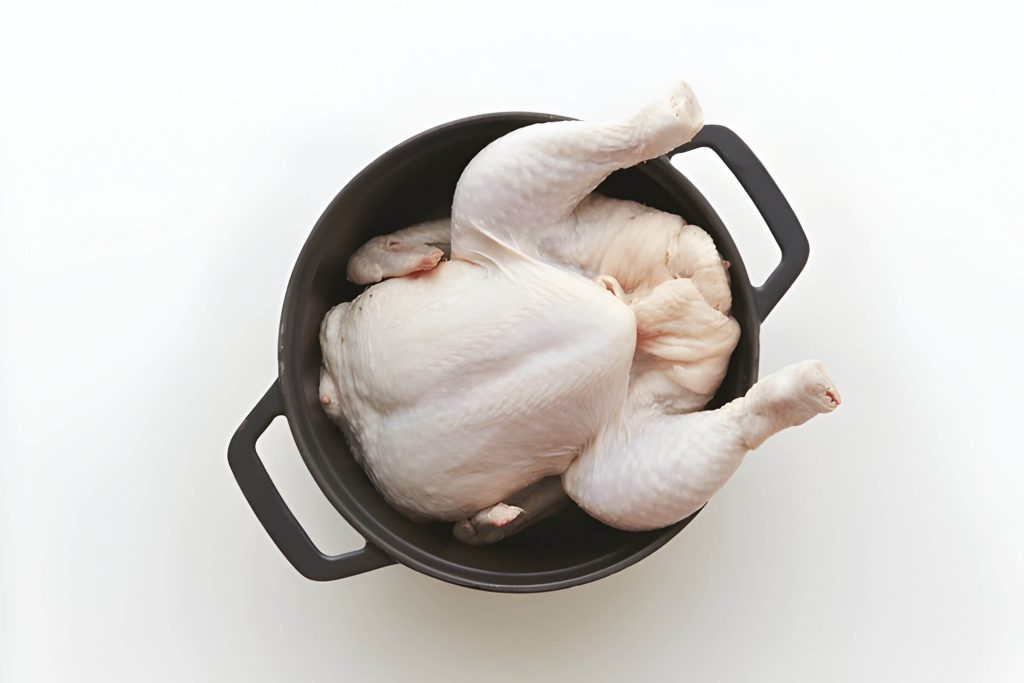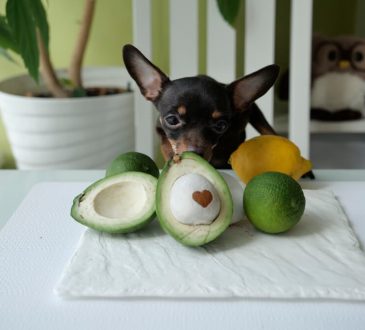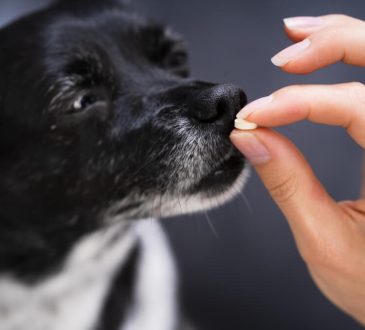
Can dogs eat raw chicken? This question sparks debate among pet owners and vets. Raw chicken has high protein and essential vitamins but poses risks like bacterial contamination and salmonella. Understanding these pros and cons is crucial for informed diet decisions. This article explores the benefits and dangers of raw chicken, safe handling practices, why cooked chicken is safer, and tips for preparing nutritious homemade meals for your dog.
Nutritional Benefits of Feeding Dogs Raw Chicken
Feeding dogs raw chicken can offer a range of nutritional benefits that contribute to their overall health and well-being. One of the primary advantages is the high protein content found in raw chicken. Protein is essential for dogs as it supports muscle development, tissue repair, and provides energy. Raw chicken nutrients also include a variety of vitamins and minerals that are crucial for a balanced canine diet.
Raw meat, including chicken, is rich in vitamins such as B6 and B12, which play vital roles in maintaining healthy nerve function and red blood cell formation. Additionally, raw chicken contains essential minerals like zinc and iron that support immune function and oxygen transport in the bloodstream.
Another significant benefit of incorporating raw chicken into your dog’s diet is the presence of natural enzymes that aid digestion. These enzymes help break down food more efficiently, leading to better nutrient absorption. Furthermore, feeding dogs raw meat can promote healthier skin and coats due to the omega-3 fatty acids present in the meat.
However, it’s important to ensure that the raw chicken is sourced from reputable suppliers to minimize the risk of bacterial contamination. Consulting with a veterinarian before making any significant changes to your dog’s diet is always recommended to tailor their nutrition plan according to their specific needs.
Adding raw chicken to your canine’s diet can provide numerous health benefits by delivering high-quality protein, essential vitamins, and beneficial minerals. When done correctly under professional guidance, it can be a valuable component of a well-rounded nutritional regimen for your dog.
The Potential Risks of Feeding Your Dog Raw Chicken
Feeding your dog raw chicken might seem like a natural and healthy choice, but it’s important to be aware of the potential risks involved. One of the primary concerns is the presence of harmful bacteria in raw meat. Raw chicken can be a breeding ground for pathogens such as Salmonella and Campylobacter, which can pose significant health risks to your pet.
The risks of raw chicken for dogs include not only bacterial infections but also foodborne illnesses that can lead to serious health complications. Dogs infected with Salmonella may experience symptoms such as vomiting, diarrhea, lethargy, and fever. In severe cases, these infections can even become life-threatening if not promptly treated.
Moreover, foodborne illness in pets doesn’t just affect the animals themselves; it can also pose a risk to humans in the household. Handling contaminated raw meat or coming into contact with an infected pet’s feces can spread these harmful bacteria to family members, potentially leading to their own bouts of illness.
While feeding your dog raw chicken might appear beneficial at first glance, the potential dangers associated with bacteria and foodborne illnesses make it a risky choice. Always consult with your veterinarian before making any significant changes to your pet’s diet to ensure their safety and well-being.
The Importance of Safe Handling and Preparation of Raw Chicken for Dogs
When it comes to preparing dog food at home, one of the most crucial aspects is handling raw meat safely, particularly raw chicken. Ensuring that you follow proper safety measures can significantly reduce the risk of foodborne illnesses for both you and your pet.
First and foremost, always wash your hands thoroughly with soap and water before and after handling raw chicken. This simple step helps in avoiding cross-contamination with pet food or other surfaces in your kitchen. Additionally, it’s essential to use separate utensils, cutting boards, and bowls for raw chicken to further prevent any potential contamination.
When preparing dog food at home involving raw chicken, make sure to keep the meat refrigerated until you’re ready to use it. This minimizes bacterial growth and maintains the freshness of the meat. If you’re not planning to use the raw chicken immediately, freezing it is a good option as it can be safely stored for a longer period.
Another key point is to clean all surfaces that come into contact with raw chicken thoroughly using hot water and disinfectant. This includes countertops, sinks, and any other areas where the meat was prepared. Properly cleaning these areas ensures that harmful bacteria do not spread throughout your kitchen environment.
Safely handling raw meat when preparing dog food at home is essential to maintaining the health of both humans and pets. By following these guidelines, you can effectively avoid cross-contamination with pet food while providing a nutritious diet for your beloved dog.
Why Cooking Chicken Might Be a Better Option for Your Dog’s Diet
When it comes to choosing the best diet for your furry friend, many pet owners find themselves weighing the benefits of cooked chicken for dogs against other options. Cooking chicken for your dog can provide numerous advantages that contribute to a healthier and safer diet.
One of the primary benefits of cooked chicken for dogs is its digestibility. Unlike raw chicken, which can sometimes carry harmful bacteria such as Salmonella or E. coli, cooked chicken eliminates these risks through proper preparation. This makes it a safer option and helps avoid potential health issues that could arise from feeding your dog raw meat.
Cooking dog food at home allows you to have complete control over what goes into your pet’s meals. You can ensure that only high-quality ingredients are used, avoiding any fillers or artificial additives found in some commercial dog foods. Additionally, cooking at home lets you tailor the diet specifically to meet your dog’s nutritional needs and preferences.
The cooked vs. raw chicken debate often centers around nutrient retention; however, cooking does not necessarily mean compromising on nutrition. By lightly cooking the chicken, you preserve essential nutrients while still eliminating harmful pathogens. This balanced approach ensures your dog gets all the necessary proteins and vitamins without any associated risks.
Choosing cooked chicken in your dog’s diet offers a combination of safety, nutritional value, and adaptability that can provide significant benefits to their overall health and well-being. By understanding these benefits and making informed choices about their diet, you can provide a safe and nutritious diet that is tailored specifically to your beloved dog’s needs.
Tips and Recipes for Cooking Chicken Properly for Your Dog

When it comes to preparing homemade dog food, chicken is a popular and nutritious choice. However, it’s crucial to cook it properly to ensure your pet’s health and safety. Here are some tips and recipes for cooking chicken for your dog.
Choosing the Right Chicken
First, opt for boneless, skinless chicken breasts or thighs. These cuts are leaner and easier to digest. If you prefer using whole chickens, make sure to remove all bones after cooking as they can splinter and pose a choking hazard.
Cooking Methods
1. Boiling: Boiling is one of the best ways to cook chicken for pets because it retains most of the nutrients without adding any extra fats or oils. Simply place the chicken in a pot of water, bring it to a boil, then simmer until fully cooked—usually about 12-15 minutes depending on the size of the pieces.
2. Baking: Preheat your oven to 375°F (190°C). Place the chicken on a baking sheet lined with parchment paper and bake for 20-30 minutes or until fully cooked through. Avoid seasoning with salt or spices that could be harmful to dogs.
3. Steaming: Steaming is another excellent method that preserves nutrients while ensuring tenderness. Place the chicken in a steamer basket over boiling water and cover with a lid. Steam for about 20 minutes or until thoroughly cooked.
Homemade Dog Food Recipes with Chicken
Simple Chicken & Rice:
– 1 cup boiled chicken (shredded)
– 1/2 cup cooked white rice
– 1/4 cup steamed vegetables (carrots, peas)
Mix all ingredients together once cooled and serve in appropriate portions based on your dog’s size.
Chicken & Sweet Potato Mash:
– 1 cup baked or boiled chicken (diced)
– 1/2 cup mashed sweet potatoes
– A handful of steamed green beans
Combine all ingredients thoroughly and let cool before serving.
By following these tips and recipes, you can ensure that you are providing wholesome, nutritious meals tailored specifically for your furry friend’s needs. Cooking at home allows you greater control over what goes into their diet, promoting better health and well-being in the long run.
Conclusion (Making an Informed Decision on Your Dog’s Diet – Raw or Cooked?)
When it comes to deciding between a raw or cooked diet for your dog, it’s essential to consider several factors to make an informed decision. Both raw and cooked diets have their benefits and potential drawbacks, and understanding these can help you choose the best option for your furry friend.
A raw diet typically includes uncooked meat, bones, fruits, and vegetables. Advocates argue that this type of diet is more natural and closer to what dogs’ ancestors consumed in the wild. Benefits often cited include improved coat condition, increased energy levels, and better dental health due to the chewing of raw bones. However, there are risks associated with feeding raw food, such as bacterial contamination (e.g., Salmonella or E. coli) that can pose health risks to both pets and humans.
On the other hand, a cooked diet involves preparing meals with cooked meats and vegetables. Cooking food can kill harmful bacteria and parasites that might be present in raw ingredients. Cooked diets are also easier on a dog’s digestive system for some pets who may have sensitivities or specific health conditions. However, cooking can sometimes reduce certain nutrients in food unless balanced recipes are followed meticulously.
Consulting with a veterinarian or a pet nutritionist is crucial when making dietary changes for your dog. They can provide personalized advice based on your dog’s age, breed, activity level, and any existing health issues.
In conclusion, whether you opt for a raw or cooked diet should depend on thorough research and professional guidance tailored to your dog’s unique needs. By weighing the pros and cons of each option carefully while considering expert recommendations, you can ensure that your canine companion receives optimal nutrition for a healthy life.




